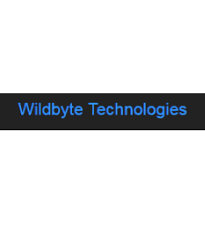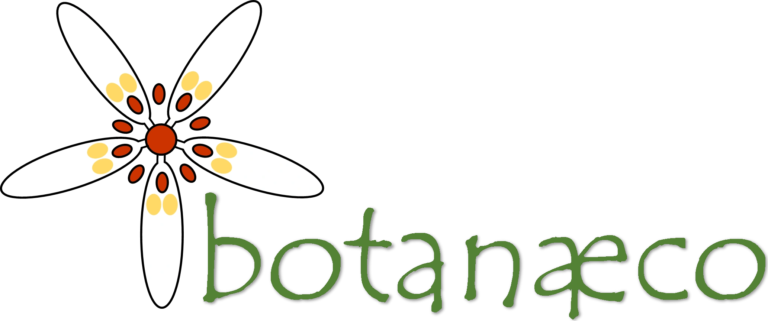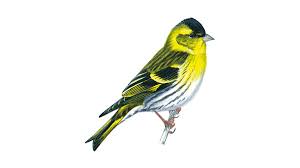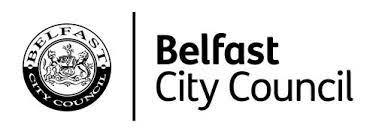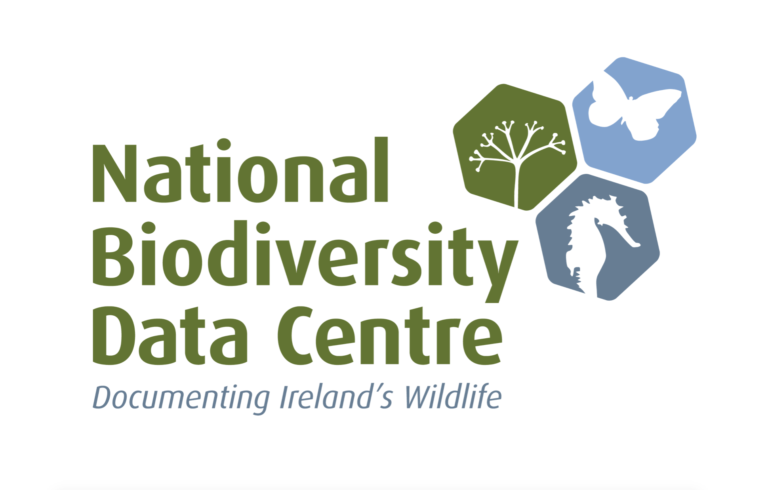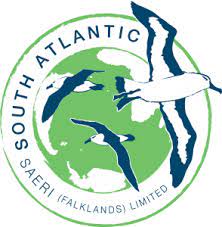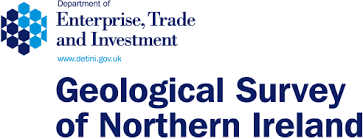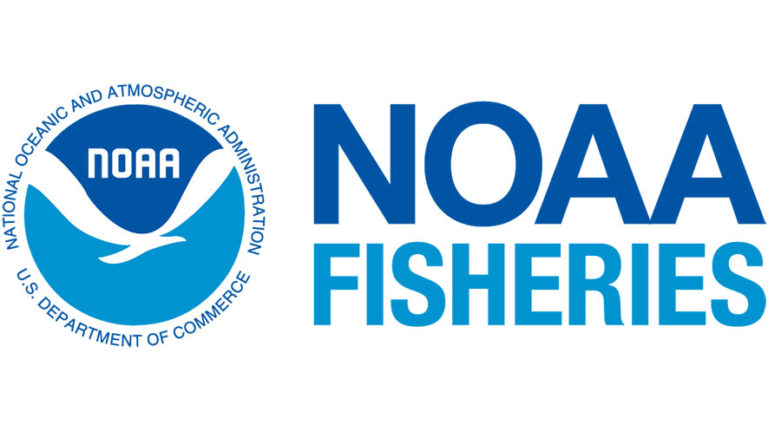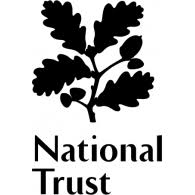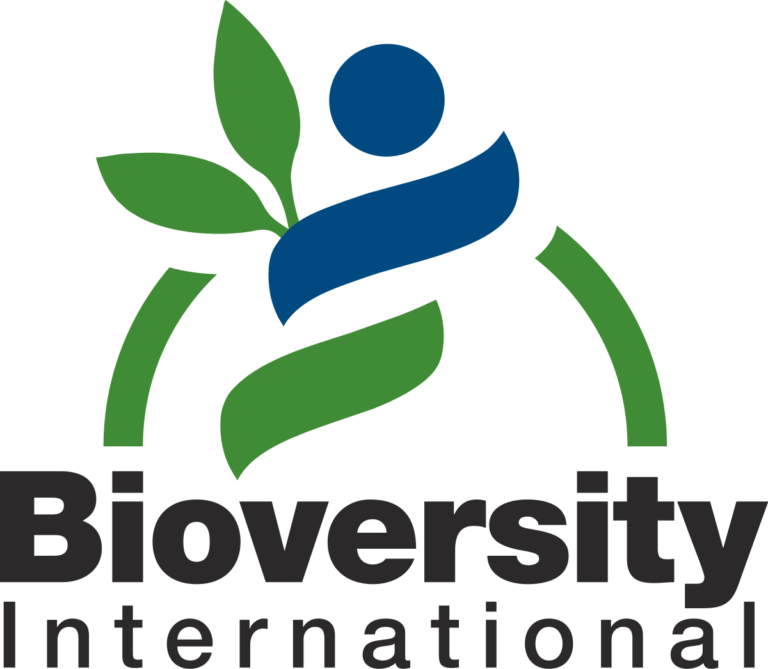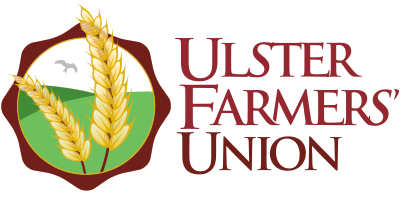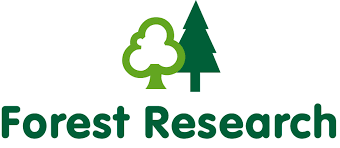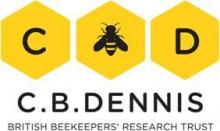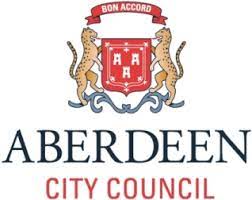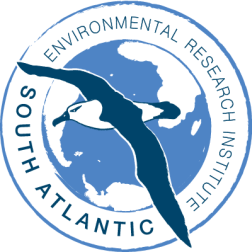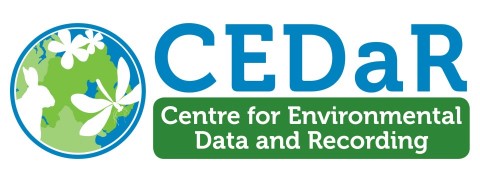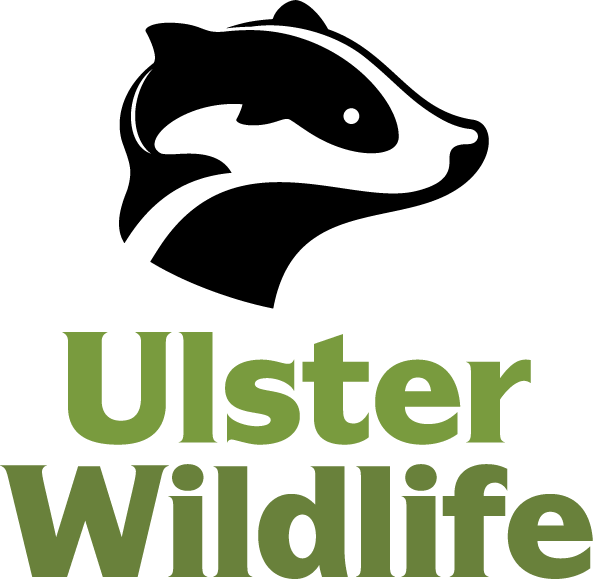University of Aberdeen

| Current Position | Lecturer in Functional Genomics |
| Previous Position | Research Associate, Royal Holloway University of London |
| Telephone | +44 (0)1224 274 144 |
| fabio.manfredini@abdn.ac.uk | |
| Departments | School of Biological Sciences |
| ECR | No |
| Quadrat Core Themes | Biodiversity |
| Methods I Use | Omics and Informatics |
| Profiles |
Key Research Interests
- Behavioural and physiological responses of insects to environmental changes
- Molecular basis for the regulation of phenotypic plasticity
- Ecology and evolution of social behaviour
- Evolutionary ecology of invasive species
- Host-parasite associations in insects
Recent Key Papers
- Manfredini, , Arbetman, M. and Toth, A.L. “A potential role for phenotypic plasticity in invasions and declines of social insects”, Invited submission to Frontiers in Ecology and Evolution, Special issue on Arthropod Interactions and Responses to Disturbance in a Changing World (2019). https://doi.org/10.3389/fevo.2019.00375
- Manfredini,, Romero A., Paccanaro A., Pedroso I., Sumner S. and Brown M.J.F. “Neurogenomic signatures of successes and failures in key life-history transitions in a key insect pollinator” Genome Biology and Evolution (2017). https://doi.org/10.1093/gbe/evx220
- Manfredini, F., Lucas, C., Nicolas, M., Keller, L., Shoemaker, D.D., Grozinger, C.M. “Molecular and social regulation of worker division of labour in fire ants” Molecular ecology (2014) https://doi.org/10.1111/mec.12626
Summary Title of Current Studentships
- Bee pollinators and ecosystem services they provide to natural and human-dominated communities
- Diet breadth in native pollinators: oligolectic vs. polylectic species
- Gene expression associated with different extents of diet plasticity (e.g. detoxification genes)
- Interspecific foraging competition and exploitation of invasive plants(e.g. Rhododendron)
- From behavioural observations to preparation of samples for molecular work and bioinformatic analyses
- QUADRAT DTP student, Nathanael Johannesen Litlekalsøy: Predicting the ecological impacts of invasive alien insects at multiple levels: from genes to communities
- QUADRAT DTP student, Tegan Gaetano: Importance and sustainability of endangered communities of bee pollinators in the machair, a changing coastal ecosystem (CASE partnered with The Bumblebee Conservation Trust)

 PURE
PURE

